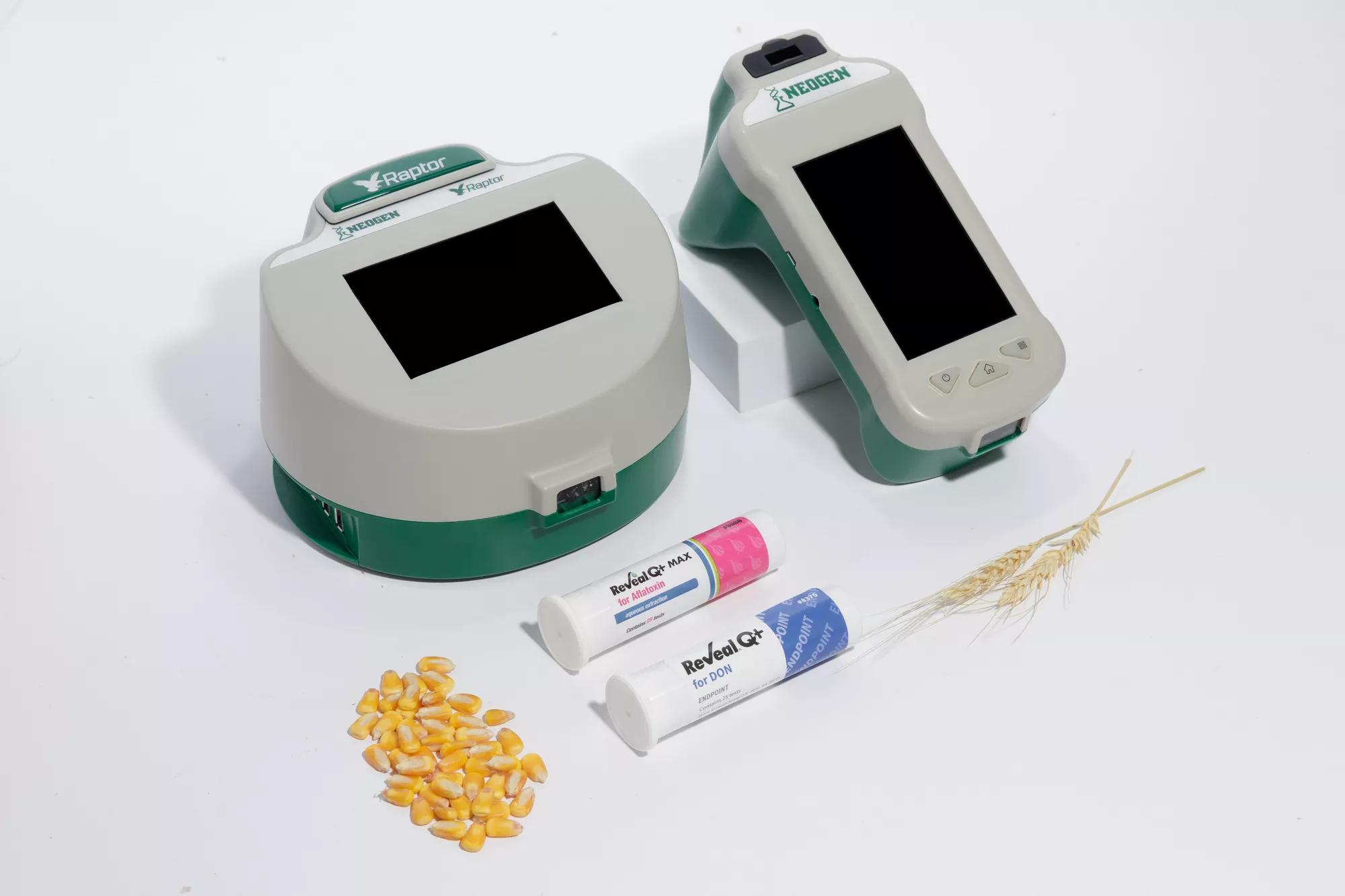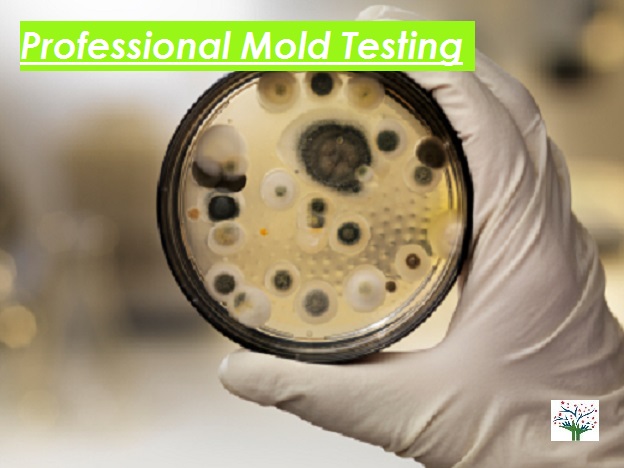Optimize Your Compliance with Relied on Mycotoxin testing Services Solutions
Optimize Your Compliance with Relied on Mycotoxin testing Services Solutions
Blog Article
Just How Mycotoxin Testing Aids Avoid Contamination and Protect Food Supplies

Mycotoxin testing is an important method in the food sector, working as a frontline defense versus contamination by unsafe contaminants created by mold and mildews. Via the application of sophisticated strategies like High-Performance Fluid Chromatography (HPLC) and Fluid Chromatography-Mass Spectrometry (LC-MS), food producers can precisely quantify and discover mycotoxin degrees in agricultural items. This aggressive method not just guarantees conformity with rigid safety policies however also minimizes health dangers to customers. Routine screening strengthens brand name track record and monetary health by decreasing contamination-related occurrences. So, exactly how precisely do these screening protocols integrate right into the wider food safety method?
Comprehending Mycotoxins
Recognizing mycotoxins starts with acknowledging that they are hazardous second metabolites created by certain mold and mildews, which can infect farming products. These metabolites are not crucial for the growth or recreation of the fungis but can have extreme implications for human and animal health and wellness. Mycotoxins are generally located in staple plants such as corn, wheat, barley, and nuts, where they can proliferate under details problems of moisture and temperature.
There are numerous kinds of mycotoxins, each generated by various fungal types. Fusarium types create fumonisins and trichothecenes, both of which are connected with numerous acute and chronic health and wellness concerns.

Risks of Mycotoxin Contamination
The risks of mycotoxin contamination are diverse, presenting considerable threats to both food security and public health and wellness. Mycotoxins, hazardous substances created by particular sorts of fungis, can infect a vast array of agricultural products consisting of grains, nuts, seasonings, dried fruits, and coffee. When these toxins infiltrate the food supply, they can result in severe health problems such as liver damages, kidney failing, and also cancer cells. Susceptible populaces, including children, the elderly, and immunocompromised individuals, are specifically at risk.
Financial influences are another major worry. Contaminated plants can lead to considerable monetary losses for farmers and food producers because of decreased yields and the need for expensive purification procedures. Moreover, global profession can be substantially hindered as countries implement strict mycotoxin regulations to protect their populations, resulting in denied deliveries and strained profession relationships.
Ecological factors such as environment adjustment worsen the threat of mycotoxin contamination. Variations in temperature level and moisture can produce positive conditions for fungal development, raising the chance of contamination events. Thus, understanding and mitigating these dangers are important for making sure the safety and security and integrity of international food materials.
Approaches of Mycotoxin Testing
Precisely recognizing mycotoxin contamination in agricultural items is crucial for securing public health and maintaining food safety standards. Various approaches are utilized to find and measure mycotoxins, each offering details benefits and constraints.
High-Performance Liquid Chromatography (HPLC) is an extensively used technique as a result of its high sensitivity and precision. It entails separating mycotoxins from various other compounds in a sample, allowing precise quantification. Fluid Chromatography-Mass Spectrometry (LC-MS) incorporates liquid chromatography with mass spectrometry to offer in-depth molecular information, making it especially useful for identifying multiple mycotoxins concurrently.

Gas Chromatography-Mass Spectrometry (GC-MS) and Thin-Layer Chromatography (TENDER LOVING CARE) are likewise employed, each with one-of-a-kind applications. GC-MS works for volatile mycotoxins, while TLC supplies a simpler, affordable choice for preliminary testing.
Benefits of Regular Examining
Regular testing for mycotoxins in farming items offers countless benefits, dramatically adding to public wellness and food security. By determining contamination early, normal screening helps protect against the circulation of toxic foods, consequently decreasing the danger of mycotoxin-related illnesses among customers. This proactive strategy not just safeguards human health and wellness yet additionally boosts the general high quality of food supplies.
Consistent testing also supports governing conformity. Various nations and regions have actually developed strict limitations for mycotoxin degrees in food and feed. Abiding by these restrictions through normal testing guarantees that providers and producers satisfy legal requirements, consequently staying clear of penalties and trade barriers. Maintaining compliance cultivates customer trust fund and brand name reputation, which are vital for market success.
Furthermore, routine mycotoxin testing can cause considerable economic advantages. Early discovery of contamination enables timely intervention, minimizing potential losses from widespread contamination. Applying regular screening methods can likewise decrease recall costs and relevant responsibilities, which can be financially ruining.
Additionally, normal testing gives valuable information that can educate far better farming methods and storage problems. By comprehending patterns of contamination, manufacturers can adopt safety nets, thus contributing and decreasing future risks to the sustainability of the food supply chain.
Implementing Testing Procedures
Applying effective mycotoxin testing methods is crucial for guaranteeing the safety and quality of farming products. Developing a robust screening framework entails several essential steps, starting with the identification of potential contamination points within the manufacturing and supply chain. This includes pre-harvest, post-harvest, storage space, and distribution phases. Each stage should look at here now be scrutinized to determine where mycotoxin contamination is most likely to take place.
Once important control points are identified, picking appropriate screening approaches is vital. Typical methods consist of enzyme-linked immunosorbent assay (ELISA), high-performance liquid chromatography (HPLC), and mass spectrometry (MS) Each technique has its weak points and strengths; thus, choosing the right one depends on the particular mycotoxin being checked, the needed sensitivity, and readily available resources.

Lastly, incorporating the testing procedures right into a detailed food safety administration system is a good idea. This enhances traceability and allows quick rehabilitative activities when contamination is spotted, thus safeguarding the stability of the food supply chain.
Conclusion
Mycotoxin screening is vital in protecting against contamination and securing food products by allowing very early discovery of damaging toxic substances produced by mold and mildews in farming items. Normal screening boosts brand name credibility, economic stability, and count on in food safety by lessening contamination-related losses and maintaining high standards in food production.
Mycotoxin testing is an essential practice in the food industry, serving as a frontline protection versus contamination by damaging toxic substances generated by mold and mildews. An incorporated strategy find out here including agricultural techniques, storage space monitoring, and regular testing can mitigate the threats connected with mycotoxin contamination, guaranteeing food safety and security and public health and wellness.
The threats of mycotoxin contamination are diverse, posturing substantial hazards to both food safety and public health.Normal testing for mycotoxins in farming items provides many benefits, significantly adding to public health and food safety.Mycotoxin testing is Source vital in preventing contamination and safeguarding food products by enabling early detection of dangerous contaminants generated by mold and mildews in farming products.
Report this page